SUMMARY
This is AI generated summarization, which may have errors. For context, always refer to the full article.
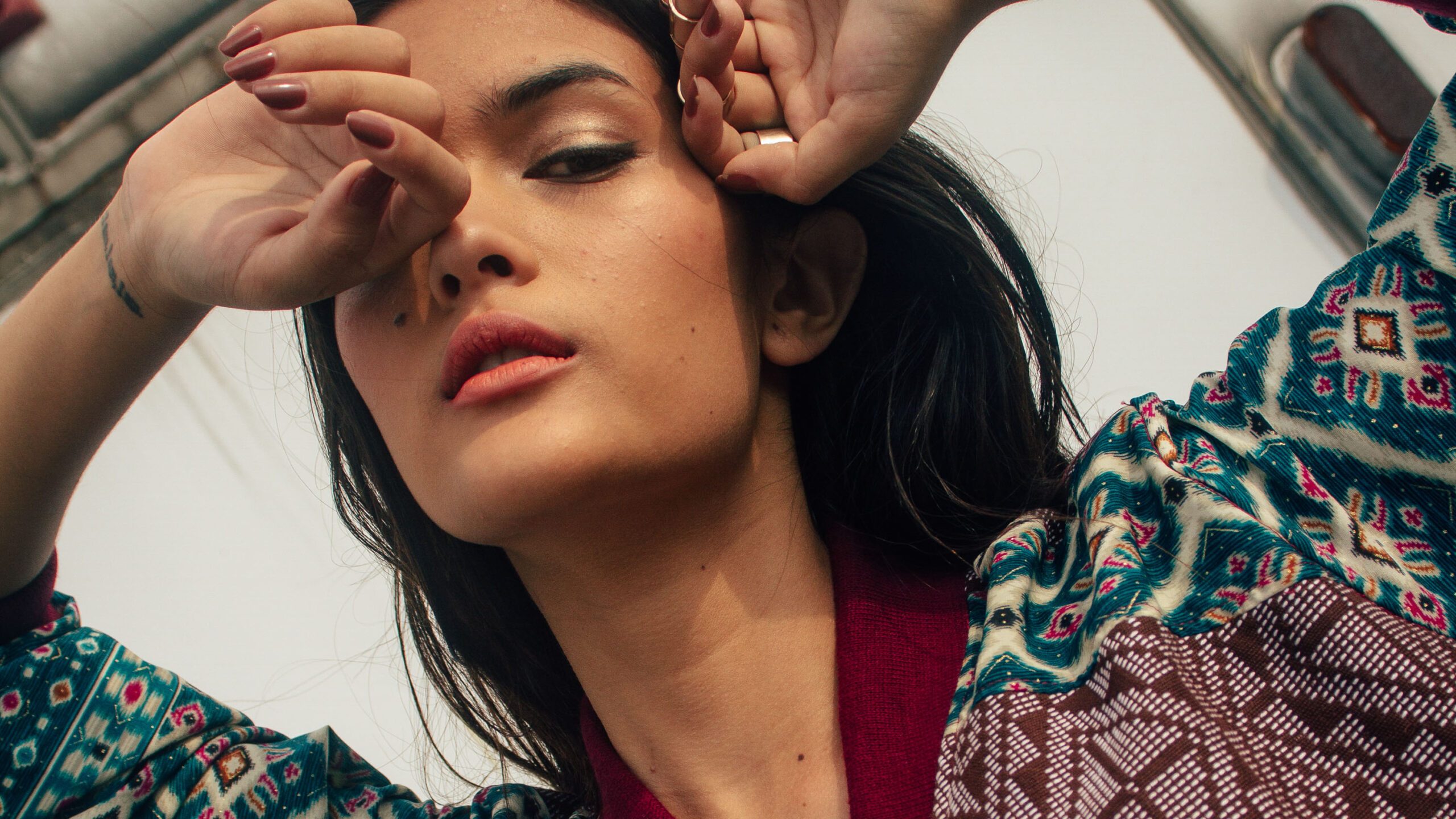
MANILA, Philippines – Between their bright, colorful patterns and locally sourced materials, it’s hard not to fall in love with clothes that work indigenous weaves into their designs.
They’re not difficult to get a hold of either – brands like Piopio and Filipinna have been bringing these textiles into the spotlight, melding bold prints with modern silhouettes, and making them readily available online or through pop-ups and weekend markets.
But with so many native weaves making it to our daily wardrobes, it becomes easy to appropriate cultures – an issue that doesn’t often come to mind when we support local.
What is cultural appropriation? According to Ifugao Heritage School founder Marlon Martin, it comes down to 3 things: when you claim another culture as yours, when you’re unaware of the context of the cultural property you’re using, and when you disrespect a culture.
Avoiding it comes down to learning about a culture and respect – knowing about the clothes you’re buying and wearing before putting them on.
With this in mind, here are a few questions to consider before you hit add to cart when you’re shopping online or before you put on your cool new jacket as you head out the door.
Where do these weaves come from?
Indigenous textiles in the Philippines come from all over the country, where many different tribes use weaves as blankets and clothes for their own use or to sell.
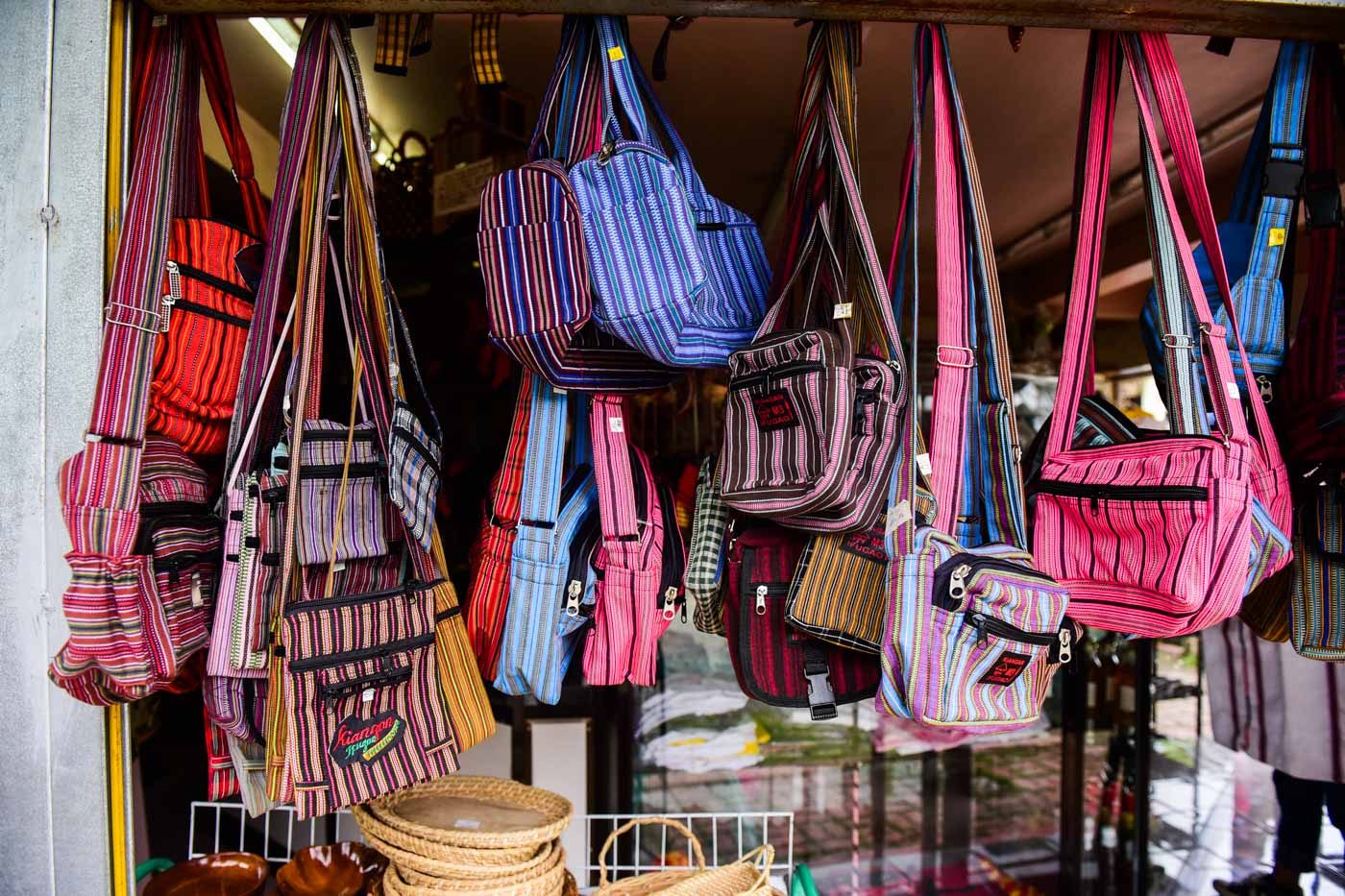
For indigenous people, selling their textiles is a matter of economics – it’s a way to earn money – so they don’t always necessarily think about what kind of designs they’re giving to buyers from the city.
What do the patterns mean?
Because of this, some things get lost in translation – which is how you could accidentally wear an Ifugao death blanket (used to bury the dead) to your next party.
Certain symbols mean certain things, and the way the symbols are put together could also change the meaning of a weave. It’s best to be careful about what you choose to wear, so as not to inadvertently disrespect these cultures.
Some groups, like those of Martin’s, create new designs – some that copy snake patterns or the aurora – to send to mainstream brands.
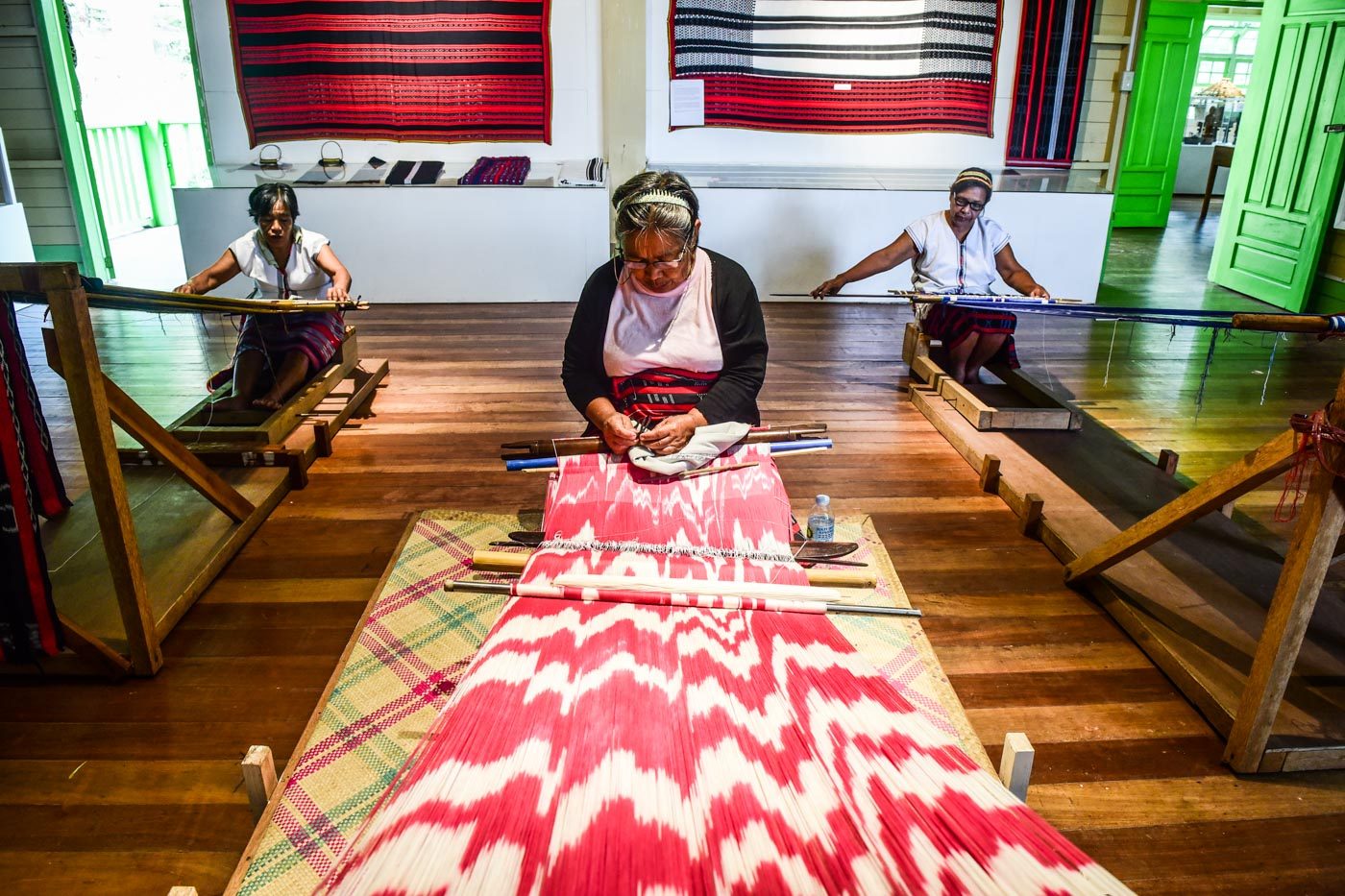
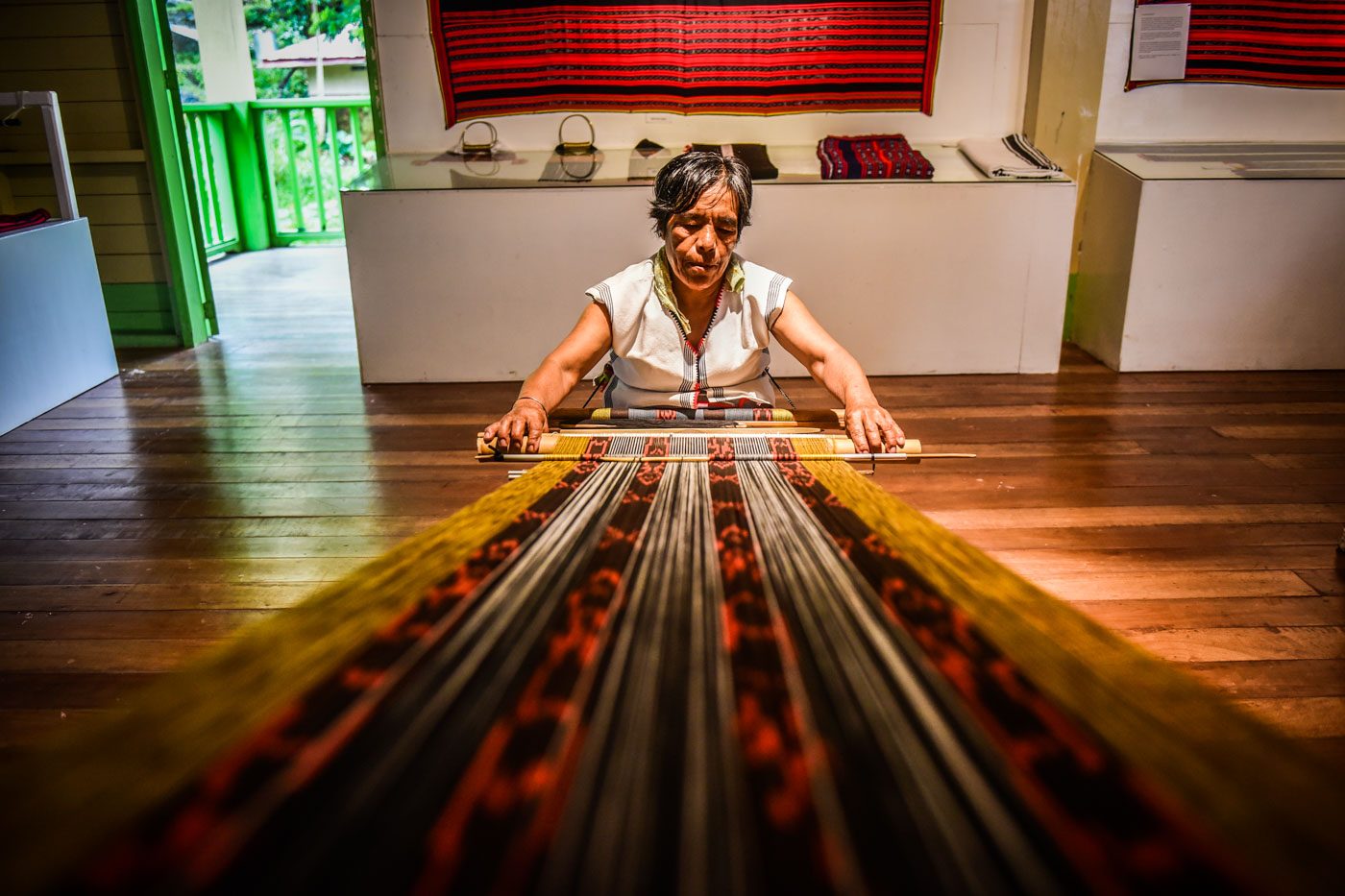
How was it made?
As with the patterns and symbol used, how weaves are made depends on where they’re from.
At Kiangan, Ifugao, where Martin’s school is set up, the weaving process starts with buying cotton from Habi, the Philippine Textile Council. The cotton then goes through a dying process called ikat (to tie or bunch together, in Indonesian) – weavers know what the thread and final weave will look like even before they start dyeing.
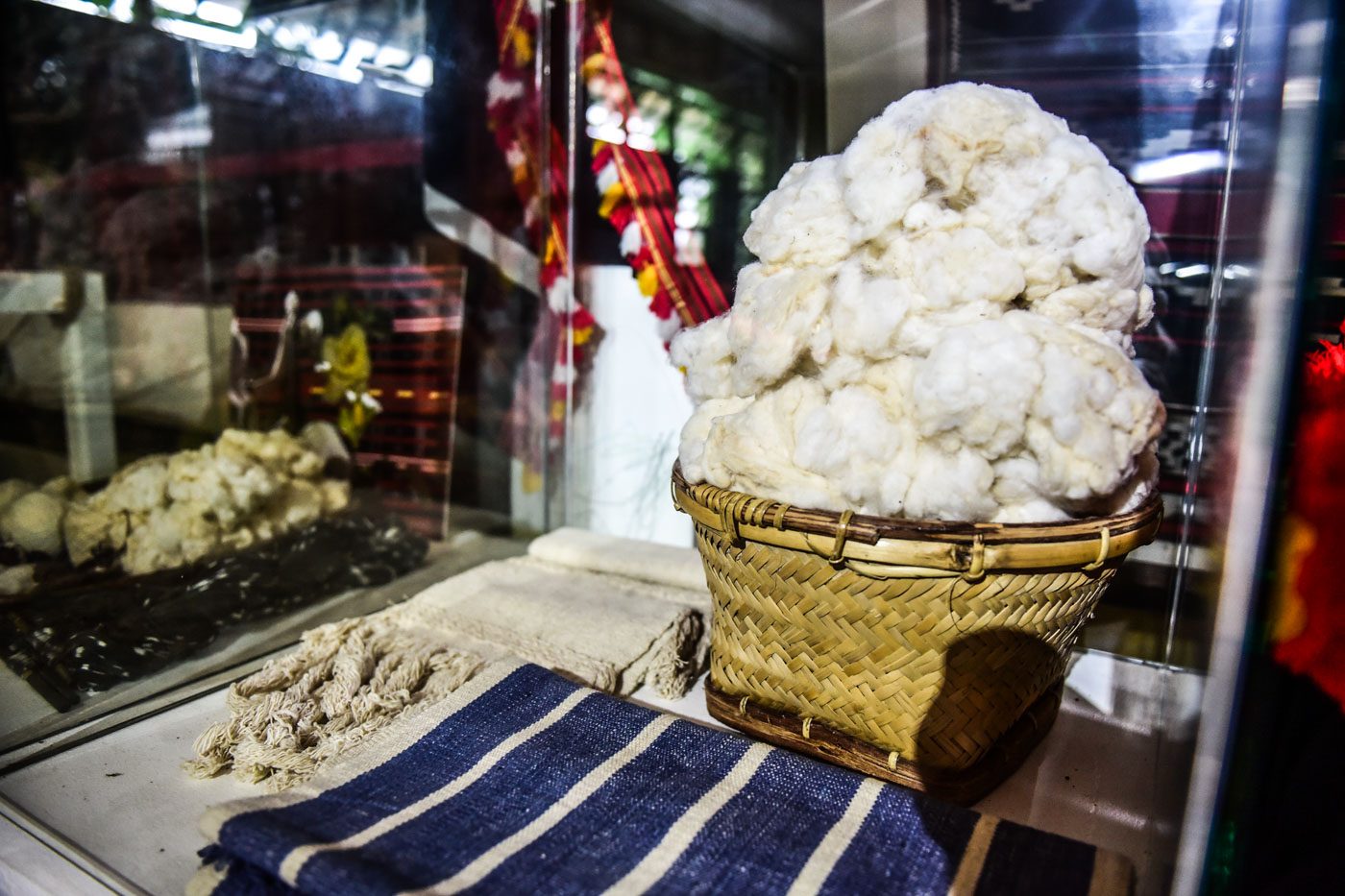
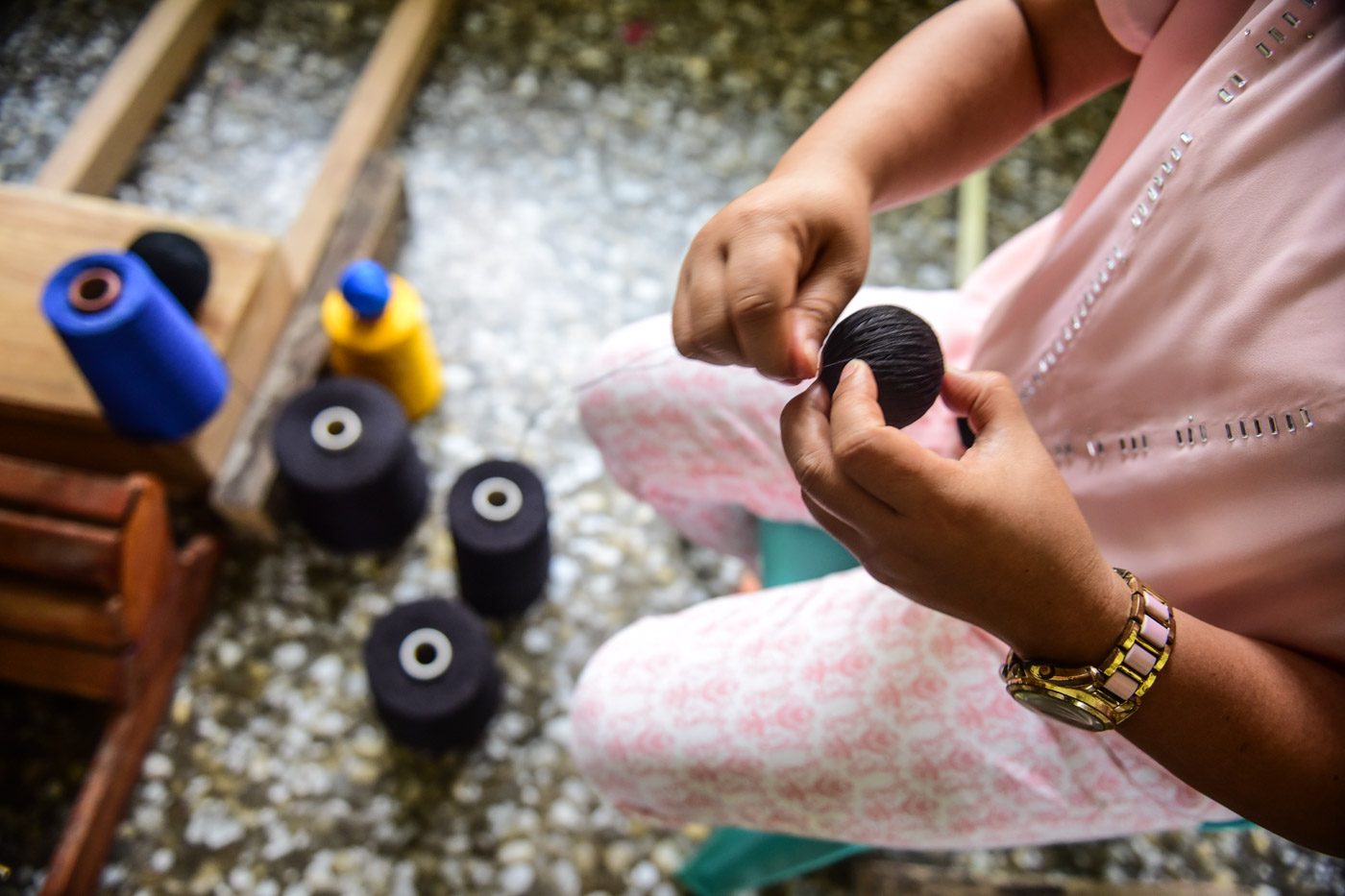
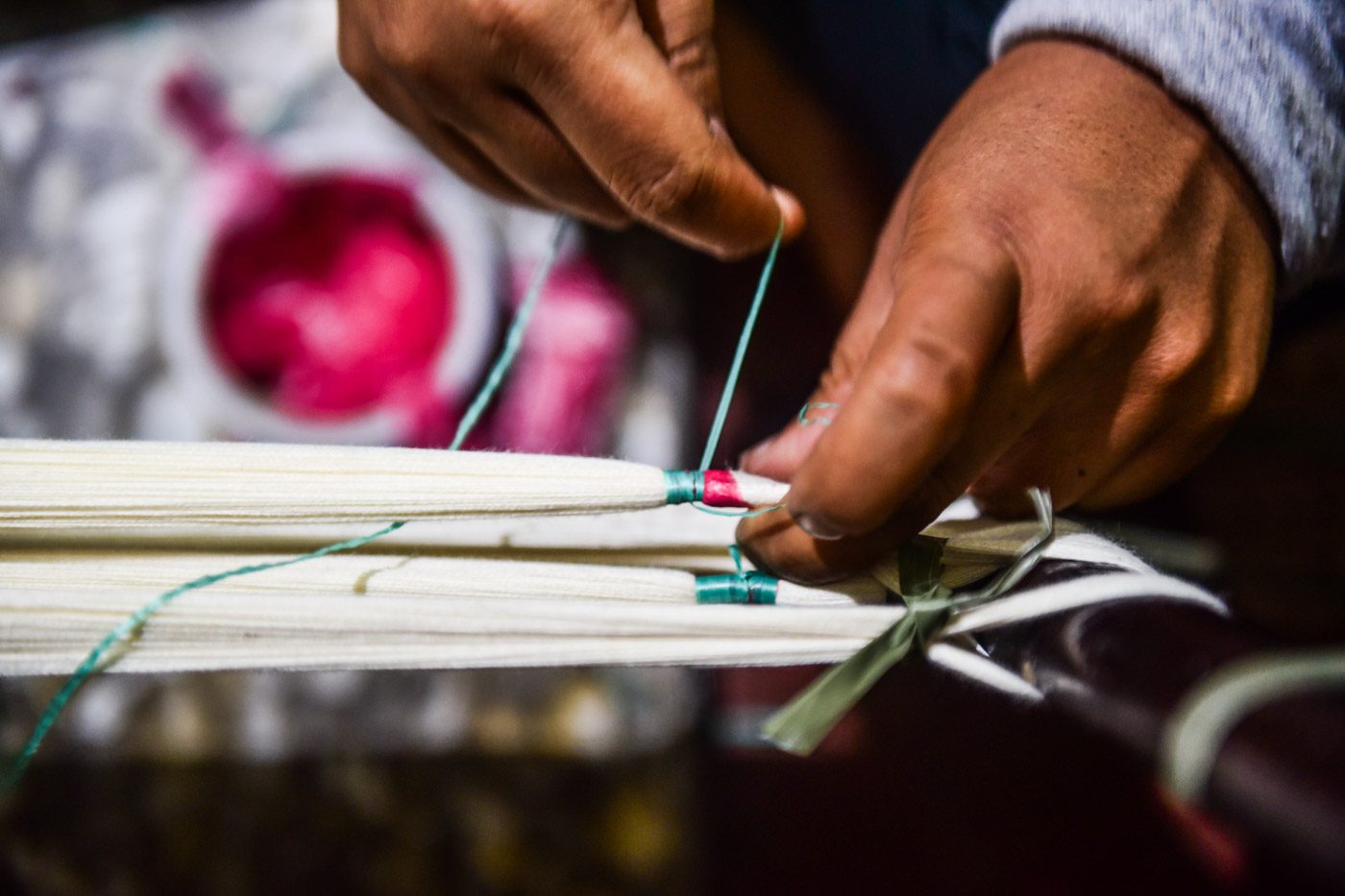
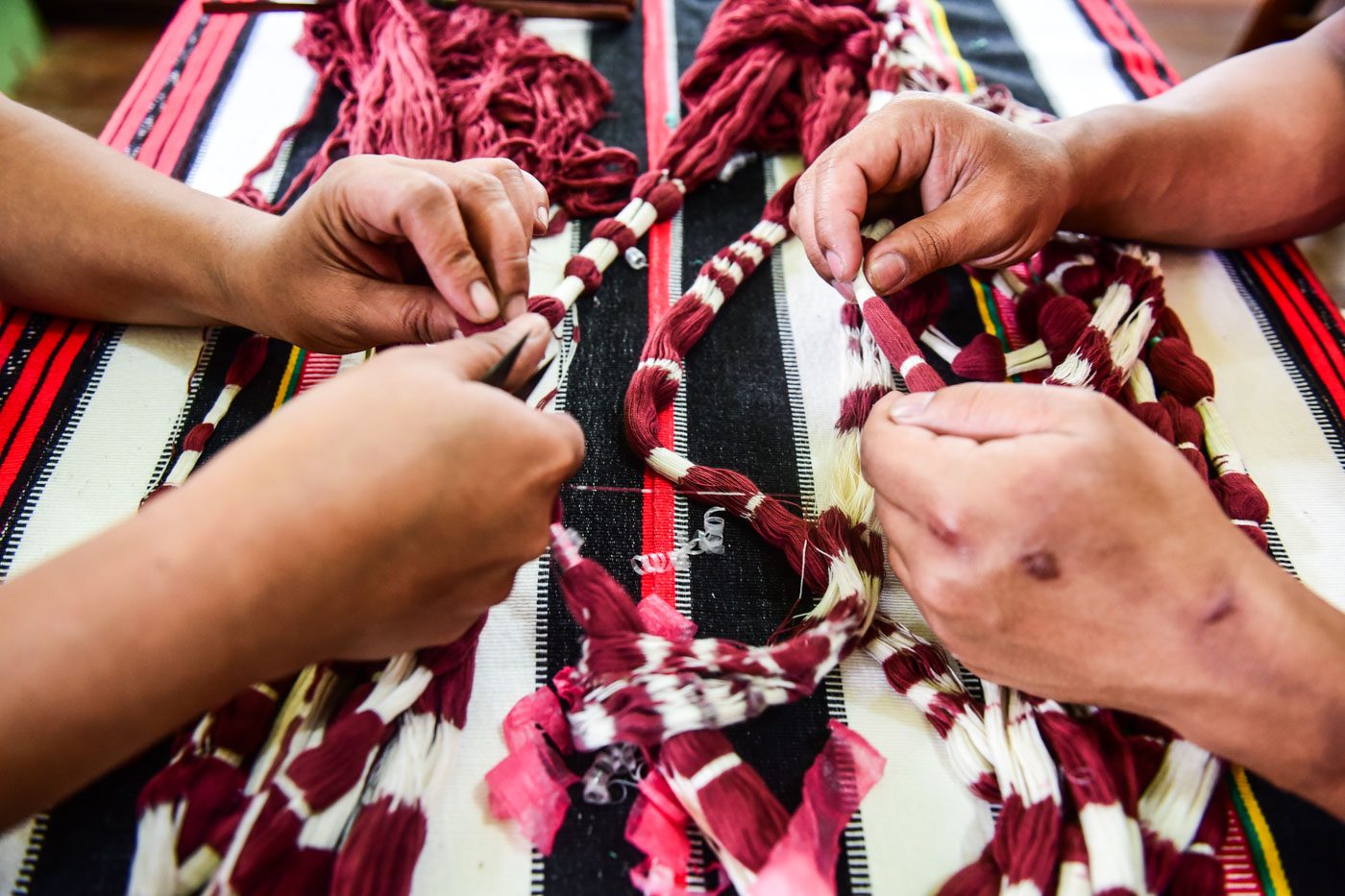
When it comes to the actual weaving, they often use a box-trap loom or a floor loom for producing longer textiles.
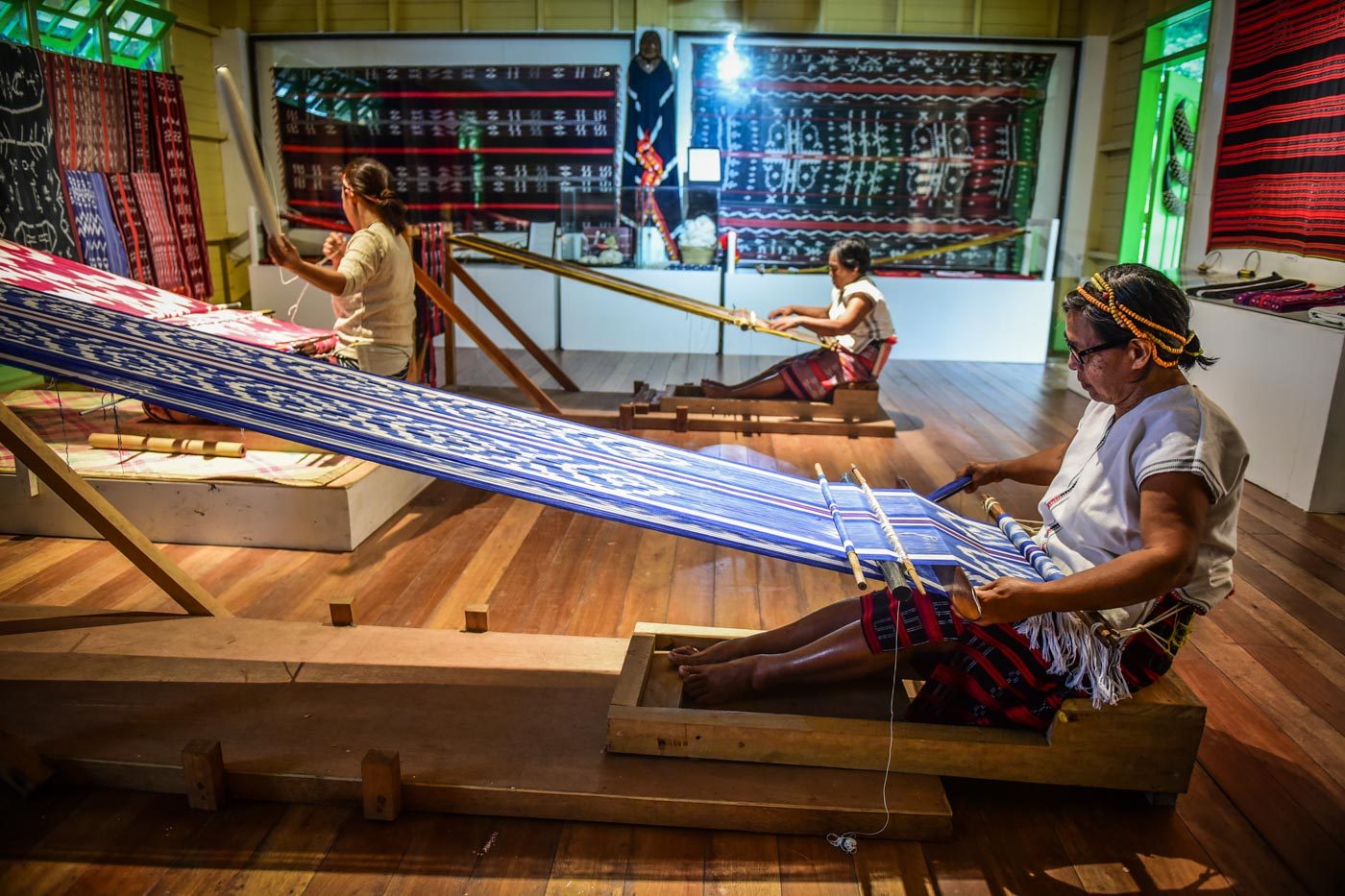
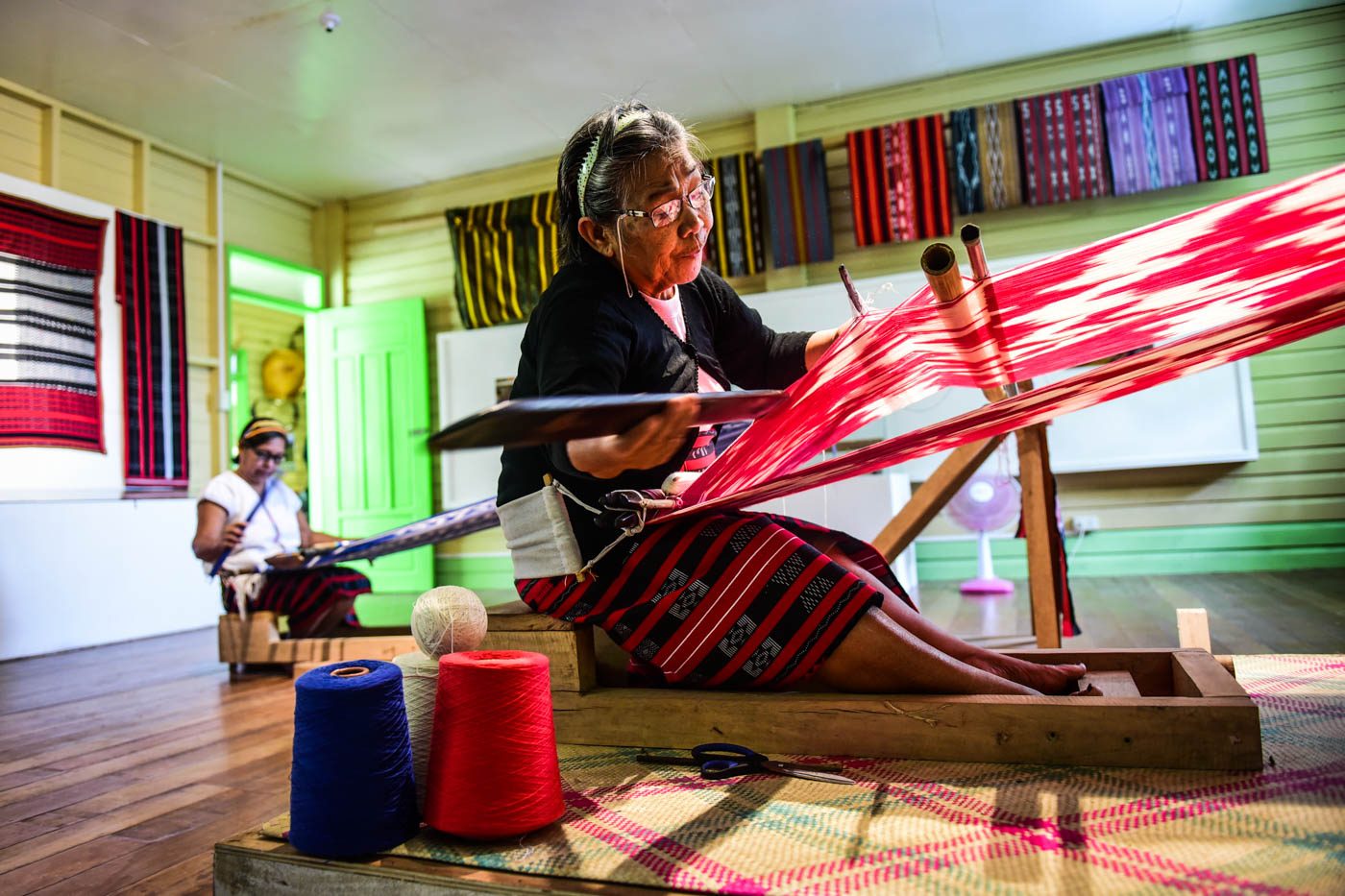
It takes around two weeks to finish the entire process for a 72 by 144-inch piece, according to Martin.
How much is it worth?
Martin pays weavers around P800 per piece, but other weavers in different places could get paid P200 for their work. Still, Martin admits that P800 for at least 5 days of work is still below basic minimum wage, which is at P475 a day as of October 2017.
“So you see how the weavers are actually not compensated enough and as we say, it’s all about economics, if you’re not compensated enough, why keep on doing it? Might as well apply as a janitor at some government office diba (right)? It pays higher than being a weaver. So that’s what we’re trying to change,” he said in an interview with Rappler.
Who made it?
Keeping the culture of weaving alive is quite difficult in indigenous communities, not only because of compensation, but also because of a lack of appreciation of one’s own culture, says Martin.
“We were educated not to really appreciate our own culture, it was part of assimilationist policies of the educational system. But things are changing, younger Ifugaos are getting…more interested, they’re getting curious about their own culture,” he says.
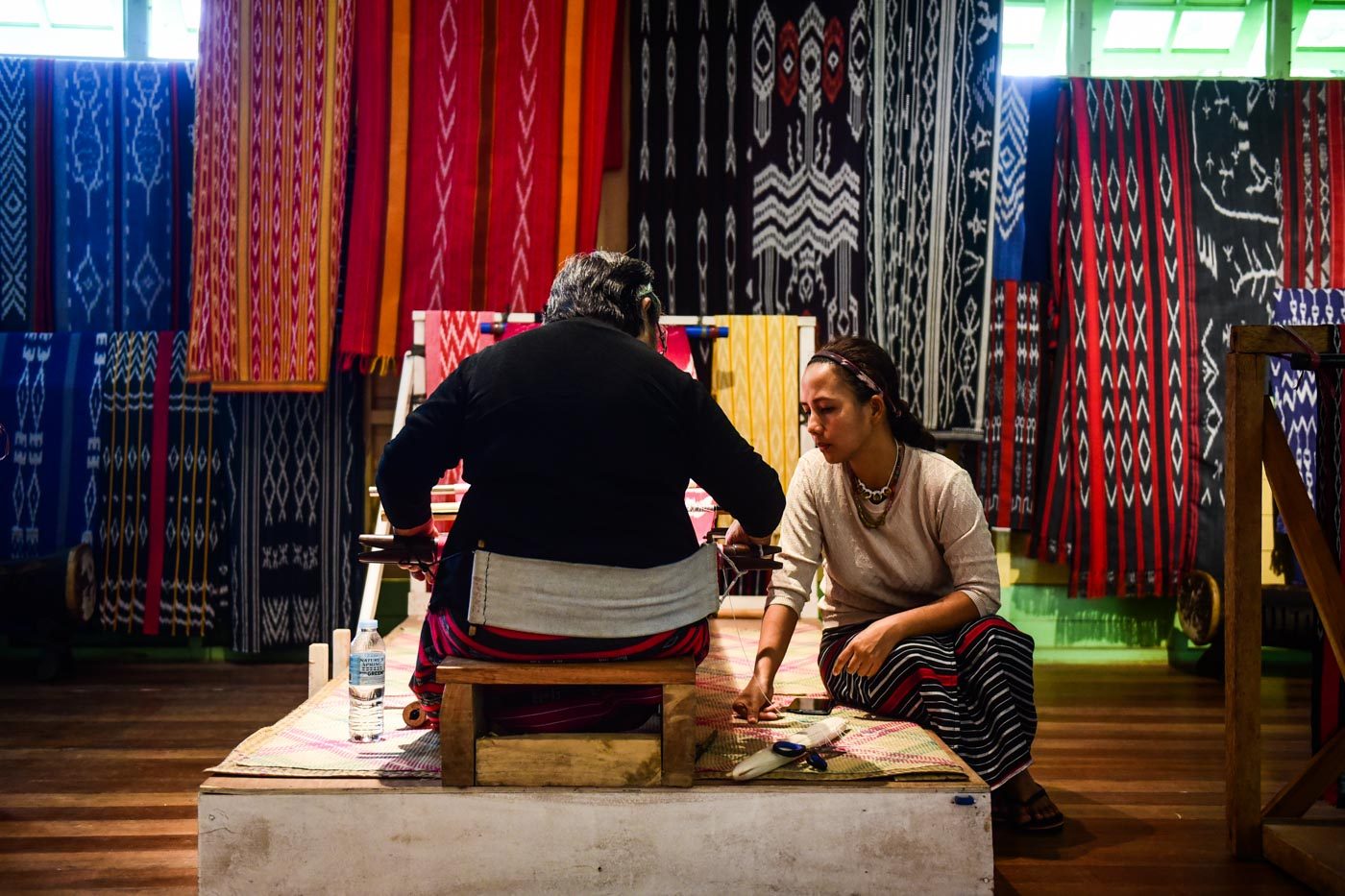
At the Ifugao Heritage School, one of the youngest weavers is Paulette, 41, who started learning how to weave in the summer of 2016. Before that, she assisted the weavers with dyeing and warping.
Asked why she weaves, Paulette says, “I’m a member of SITMo, Save the Rice Terraces Movement, so one of our advocacies is preservation of culture and tradition and the knowledge. To be able to do that, I need to be able to learn, especially weaving, because textile is one of my interests.”
Paulette adds that older weavers also visit the Heritage School to weave after they work on the rice fields, but younger students who express an interest in the art can’t practice regularly because they have to go to school.
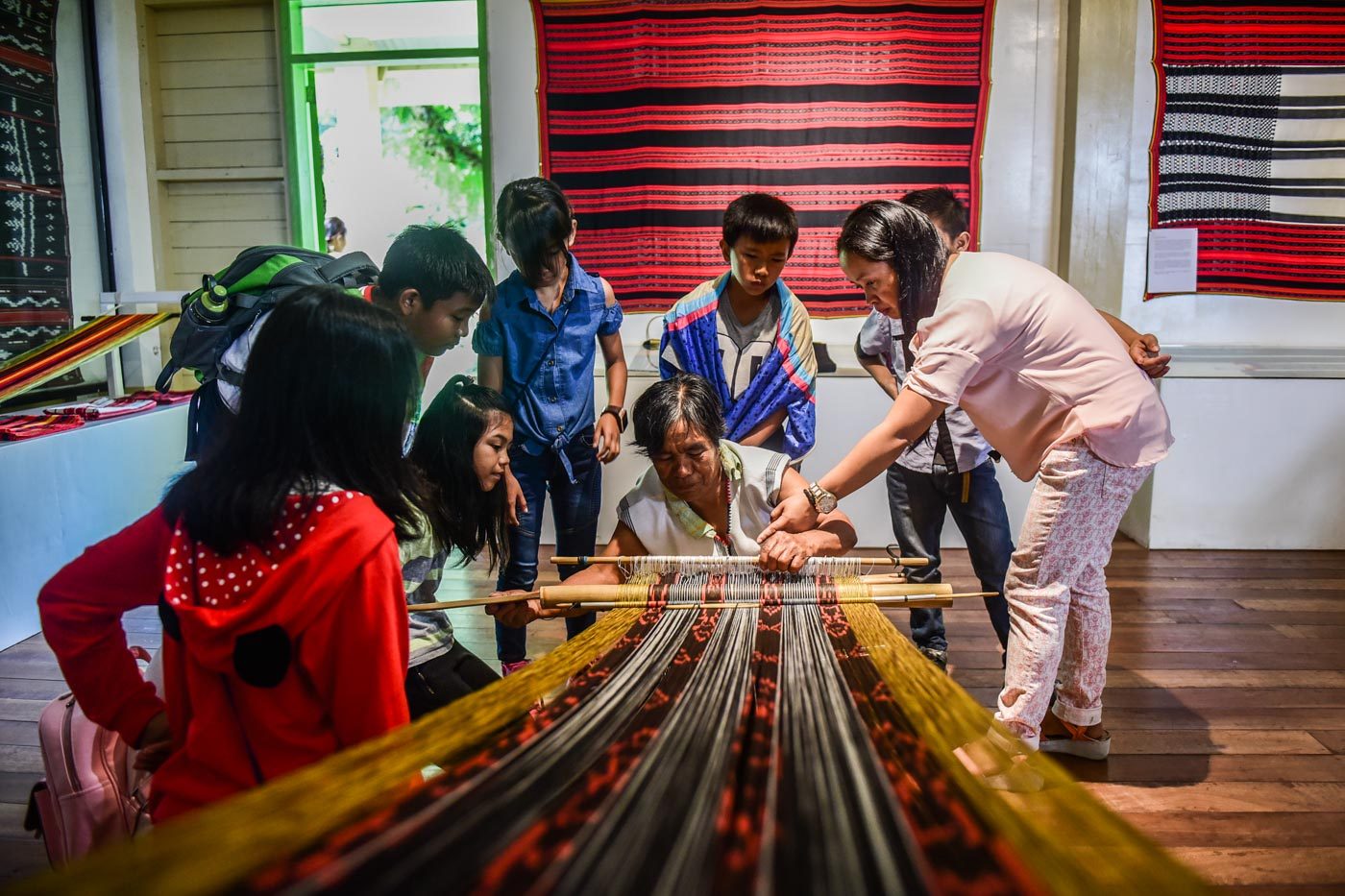
Buying local weaves may not be as simple seems, but supporting these communities keeps the culture alive. “Once they see all these things being sold in Manila markets if they see it in high-end stores, they would start appreciating [the art of weaving],” says Martin.
Aside from online, brands that use local materials can also be found in events like the 7th Likhang Habi Fair, which runs from October 20 to 22 at the Glorietta Activity Center in Makati. – Rappler.com
Add a comment
How does this make you feel?
There are no comments yet. Add your comment to start the conversation.